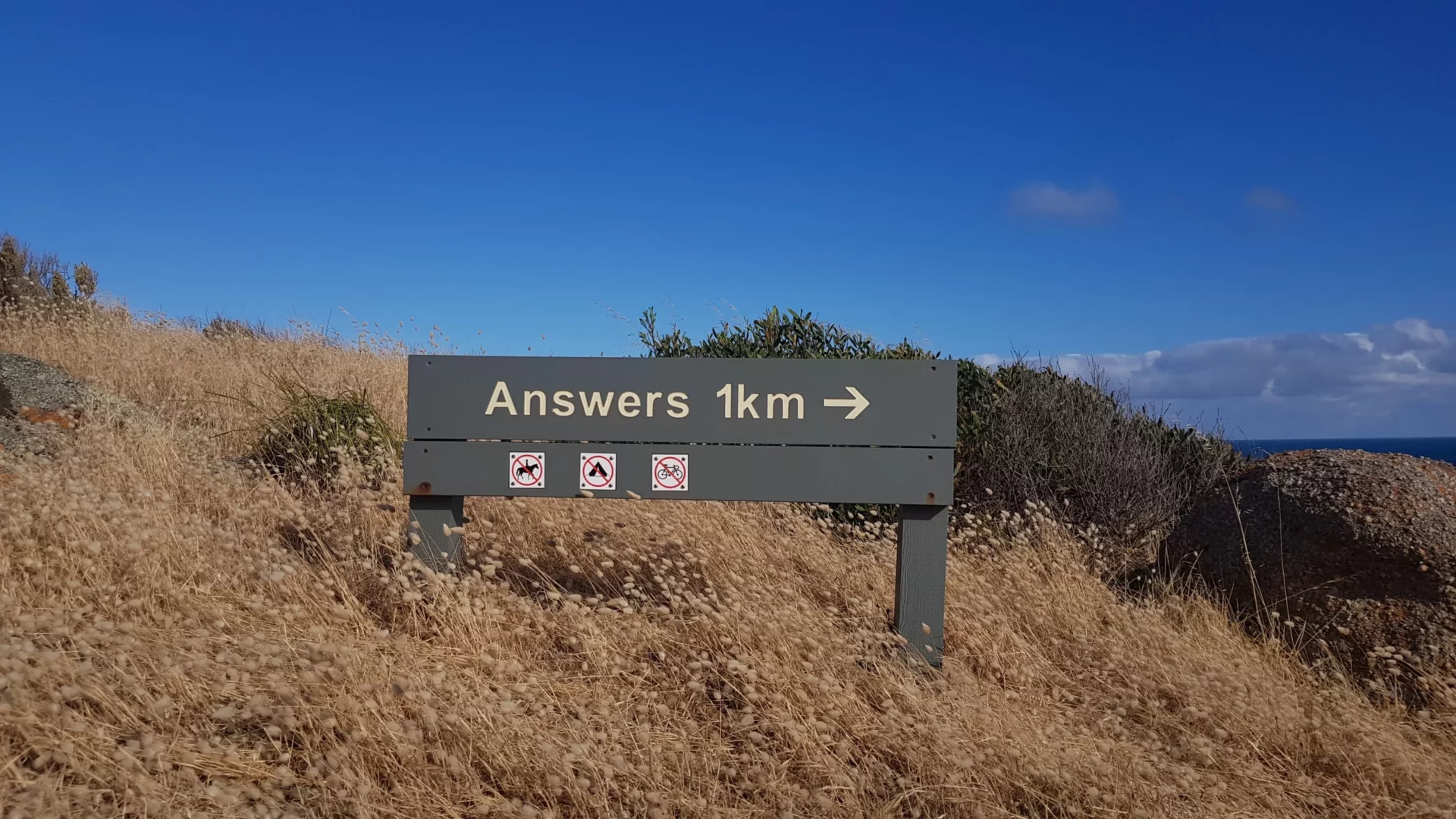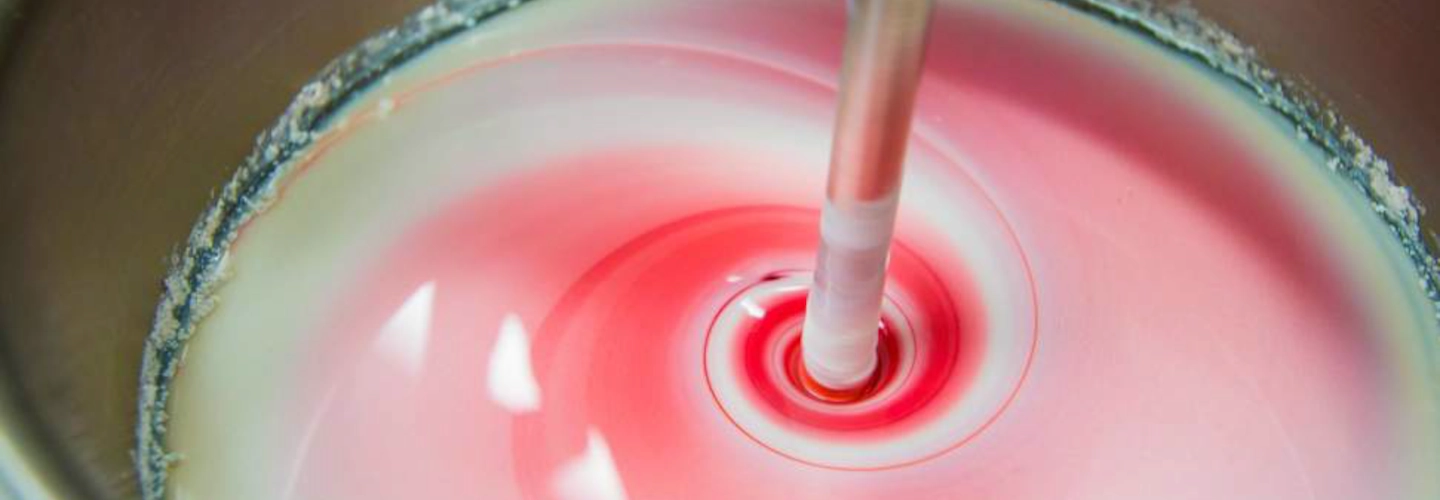Your basket is currently empty!
Bottle Sealing Wax FAQ

If you have other questions about sealing bottles with wax, just keep reading… We have answers!
Wax dipping is the process of immersing an item in wax. It’s often used as another term for bottle sealing.
Wax adheres to the item, cools down and creates a coating on the item. In the past this technique was used with spirits and wine bottles to protect the corks, as well as providing tamper proof evidence.
Today, bottle caps and corks are more effective and secure than in the past. Bottle sealing wax is mainly used for marketing reasons.
The dipping process is fairly simple.
Prepare your bottles, tear-off strips are already applied if used.
Prepare your wax melting pot. A small scale hand dipping operation could involve a bain marie / double boiler method, while more complex machines are available if the number of the bottles to dip is significant.
Prepare the cool-off area, with water if needed.
Start dipping! To learn more about how to dip your bottles in wax, see here.
Advantages:
Improved look, the bottles have real stand out.
Improved experience, as removing the wax makes the opening more special.
Premium look, typically wax sealed bottles are considered premium quality and generates higher perceived value.
Disadvantages:
An additional process to master (although it’s not a difficult).
Requires some space and preparation.
Any!
You’ll be able to chose from a large palette of colours, and by buying from a manufacturer you’ll even be able to request a bespoke colour match.
On top of a wide range of standard colours, British Wax manufactures custom colours and special colours like metallic and pearlescent.
That depends on what aging process is in place.
Wax improves air tightness of a cork… but many corks are already designed to be as leak-resistant and therefore as airtight as possible.
As with all wax related things, it’s always better to test.
We don’t recommend it.
If you do, you should go through a research and testing process, find a formulation that performs well (easily applicable, no cracking, no discoloring), make sure there are no contaminants. Crayons, maybe mixed with glue or other waxes, are not designed to work as bottle sealing wax. We recommend to use specific products.
This is a great question!
It’s really important to make sure that your customers enjoy the experience of opening your wine or spirits bottle.
Depending on the wax application, bottle shape, etc, it might be enough to just use a bottle opener. The wax will break easily and the pressure released from the bottle will ensure that no wax falls within.
Yet, we would suggest to use tear strips to facilitate breaking the wax seal prior to uncorking. The bottle will look cleaner and no one will be tempted to remove the wax with a knife, which might be not the safest thing to do (especially if more bottle wines have been opened and enjoyed).
You’ll be able to find tear strips or ribbons at the same supplier that you use for bottles and corks.
Generally speaking the melted wax should not smell. And a good wax will certainly not smell once cooled down (another reason for avoiding to use crayon/home made bottle sealing wax).
There is no fixed rule or specific requirements. Once your bottles are closed, you can start sealing.
Not advisable.
At British Wax we developed specific formulations for bottle sealing and for cheese coating. Horses for courses.
Yes you can!
Just experiment with the thickness of the wax coat and the bottle opening.
Yes you can!
One famous American whiskey manufacturer made its red wax bottle sealing a unique selling point, and their cap is a resealable screw on cap.
Yes you can!
One of the usual places you can stamp is on the top of the bottle, but it’s also possible to add a stamp on the side of the bottle. Just make sure that you have a good wax thickness. You can see how to get that here. And in the case you wanted to apply a wax seal to the side of the bottle, please be aware that we developed a specific wax for that.
Picture by Hadija Saidi – Unsplash
If you are looking for a guide on how to use bottle sealing wax, please click here.
If you are curious to see our complete bottle sealing range, inclusive of metallic and pearlescent colours, click here.
Recent posts

With Christmas soon approaching, Monday the 22nd of December will be the last day we’ll be able to despatch with DHL. With the delays DHL…

Looking to make your bottles unique and eye-catching? Our bespoke bottle sealing wax is tailored to the customer’s precise specifications, and adds a distinctive touch that enhances quality…

We’re thrilled to announce that you can now purchase directly through our website with an online checkout! Currently, this e-commerce feature is available for a…